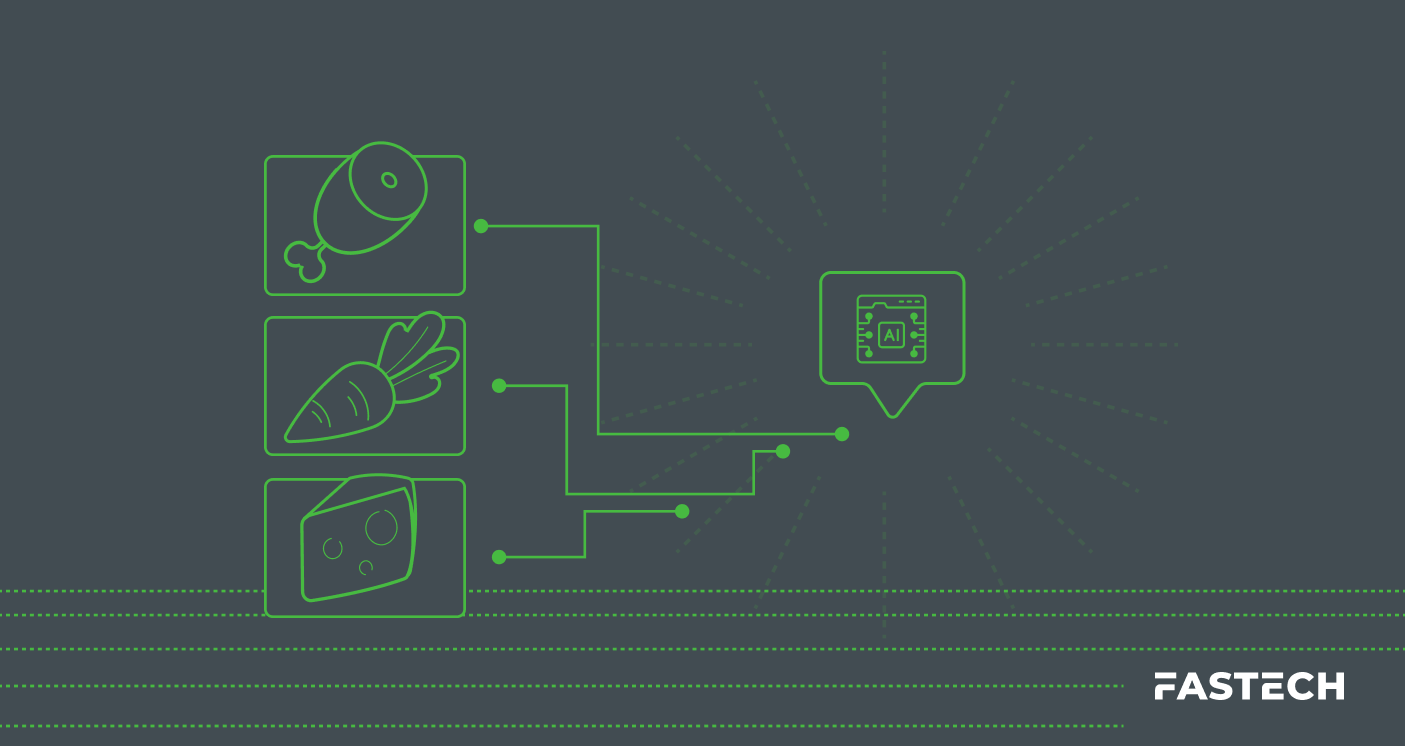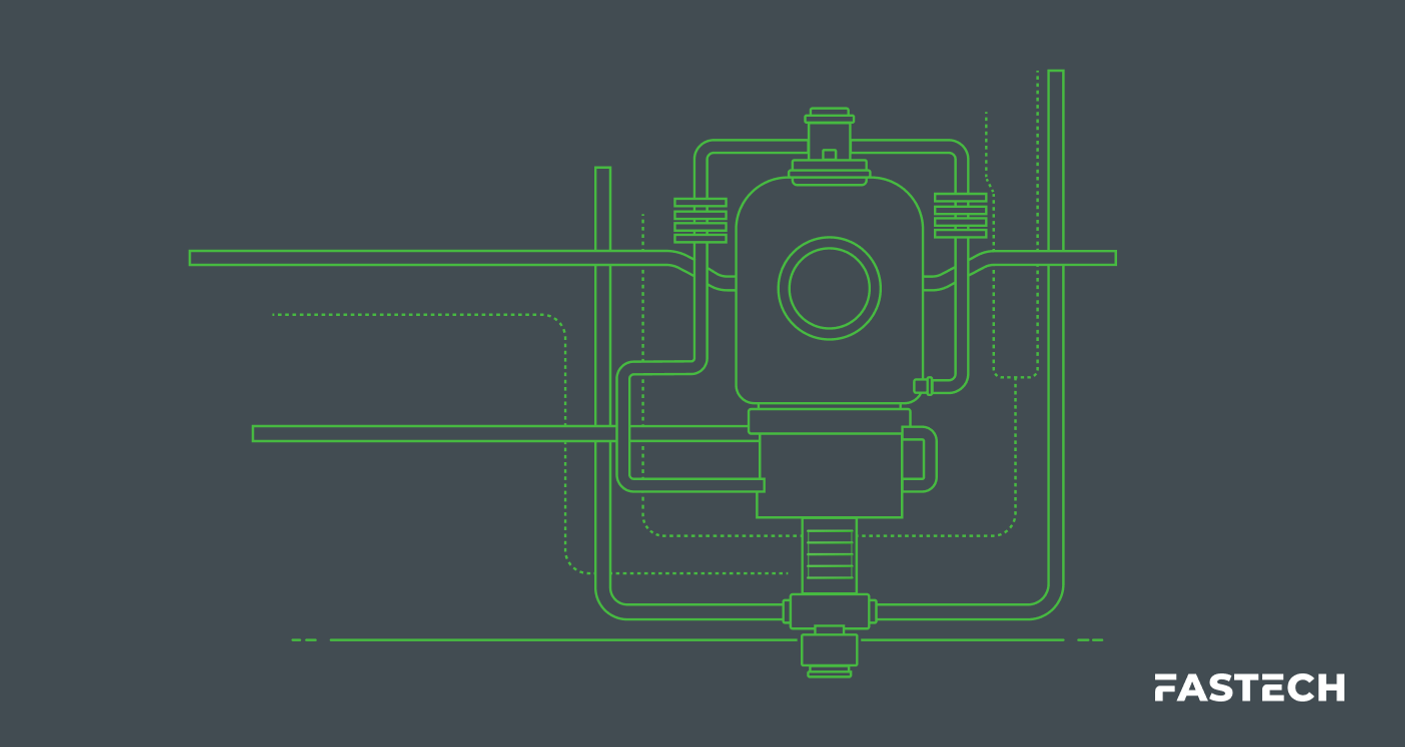4 Key Innovations in Food Service Equipment: Trends & Tech

The restaurant and commercial kitchen industries are reaching a boiling point.
As business costs soar, the labor pool shrinks, and sustainability takes precedence—even experienced restaurateurs are having trouble keeping pace with food service equipment trends.
But necessity is the mother of invention, and inventors are providing plenty of new solutions to age-old food challenges.
Advancements in commercial kitchen technology are providing restaurant owners with practical tools to meet heightened demands without compromising on flavor or safety.
1. Energy Efficiency Moves From Add‑On to Default
Once considered a “cherry on top,” energy efficiency is fast becoming a baseline demand. Luckily, upgrading your appliances to energy-efficient models is an investment that pays for itself in saved utility costs.
The easiest way to gauge eco-friendliness is to look for EPA ENERGY STAR certification labels. An ENERGY STAR reach-in cooler will draw an average of 20 percent less electricity than standard models. Similarly, ENERGY STAR cooktops shed less stray heat, easing the load on your HVAC system.
Upgrading your most energy-demanding appliances—like refrigeration units—is a safe bet for lowering costs and carbon emissions, but the best savings are unlocked with whole‑building renovations.
The latest advancement in this realm is demand-controlled kitchen ventilation (DCKV) systems. These smart devices adjust variable-speed fans with data gathered by optical and temperature sensors to constantly tailor power levels to the kitchen’s needs. Case studies show promising results, reducing fan energy consumption by 30 to 60 percent.
If you’re not in the market for expensive upgrades, there are some simple HVAC best practices you can implement quickly to improve your kitchen’s efficiency:
- Developing a preventive maintenance schedule
- Regularly re-sealing gaps, joints, and connections
- Replacing fixed-speed fan drives with variable-speed alternatives
- Dividing your space into multiple zones on your thermostat system
- Connecting sensors to a building management system (BMS) that optimizes performance with real-time data
Kitchens that follow the above playbook extend their equipment lifespan and often see double‑digit drops in their HVAC energy consumption.
Particularly eco-committed kitchen owners can also explore renewable integrations like solar-assisted water loops and geothermal heat pumps to maximize energy savings.
2. Connectivity Underpins Smarter Kitchen Solutions
Data that once hid inside stand‑alone thermostats can now be analyzed and optimized via cloud processing.
IoT‑driven predictive maintenance programs are emerging that can monitor thermostat data feeds and adjust system performance in real-time, halving emergency repairs and preventing temperature-sensitive inventory loss.
These smart systems use sensors to track temperature, humidity, and motor current. Meanwhile, analytic software monitors for anomalies and flags them for review long before an equipment failure.
Short of advanced system rehauls, restaurateurs can strategically match their appliance choices to their menu selection and space constraints to achieve size- and cost-optimized kitchens.
Routine coil cleaning, gasket checks, and thermostat calibration can shave off another five to ten percent from monthly bills.
3. Ventilation Design Focusing on Precision Over Power
Disposing of grease and smoke is perhaps the most consistent burden faced by restaurants, but modern range hood solutions are carving out new solutions.
Advanced geometric hood designs combined with low‑velocity air supply enable kitchens to exhaust up to one‑third less air while capturing contaminants just as effectively.
Newer models often include energy-recovery ventilators that transfer waste heat to incoming air. Recycling this hot air lowers compressor unit runtime while maintaining stable indoor temperatures, even during peak demand.
4. Automation Answers Labor and Consistency Challenges
Staff shortages have become a persistent problem for managers seeking coverage for repetitive or high-risk tasks. The solution may turn out to be more machines.
Robotic fry stations, automated pizza platforms, and self‑cleaning ice makers have moved from case study curiosities to commonplace tools. Users often report steadier portion sizes, fewer burn injuries, and more consistent food temperatures and textures.
Automated appliances can even simplify HACCP logs by automatically reading and reporting time and temperature data.
Linking your robot helpers with connected controls can drop your kitchen’s energy consumption during idle hours and prevent unexpected utility spikes.
Putting the Pieces Together
No standalone upgrade solves every challenge, and return on investment (ROI) for upgrades depends on external factors like the menu, hours of operation, and local utility prices.
Forward-thinking cost management strategies must layer efficient appliances, sensor controls, smarter hood designs, and automation solutions with fundamental maintenance measures. Designing these elements into a remodel or new build is often the most convenient time for such extensive upgrades.
FASTECH: Commercial HVAC and Refrigeration (HVAC/R) Made Easy
As regulations tighten and diners choose climate‑conscious brands, kitchens that blend efficiency with smart controls will be better positioned to deliver meals—and margins—in the coming decades.
FASTECH brings over 25 years of field experience to the kitchen equation. Our engineers partner with restaurant owners, builders, and managers to find the optimal HVAC/R configuration for their kitchen’s needs.
With end-to-end HVAC/R expertise, we can offer everything from feasibility planning to preventive maintenance inspections and everything in between.
Contact FASTECH to plan your cutting-edge kitchen today!




